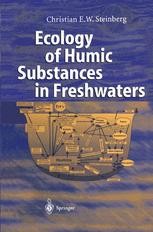Hi all,
I don't have any shrimps at the moment, but when I do I'm going to try feeding them fresh green Alder (Alnus pp.) leaves, because they are the leaves that freshwater biologists use for studies into invertebrate leaf shreddders, due to their <"high palatibility">. Because the leaves stay green on the trees for such a long time (and they are early to leaf) there would only be a short window when fresh leaves weren't available.
cheers Darrel
I do that as well. I add some leaves for <"structural leaf litter">, but for water colour Alder (Alnus spp.) "cones" <"are non-problematic">.Alder cones are my go to for tannins as well. The trees near me have very small cones, so they don't stain the water much on their own making it easy to control and I simply chuck a cone in when it looks a bit clear.
I don't have any shrimps at the moment, but when I do I'm going to try feeding them fresh green Alder (Alnus pp.) leaves, because they are the leaves that freshwater biologists use for studies into invertebrate leaf shreddders, due to their <"high palatibility">. Because the leaves stay green on the trees for such a long time (and they are early to leaf) there would only be a short window when fresh leaves weren't available.
cheers Darrel
Last edited:




